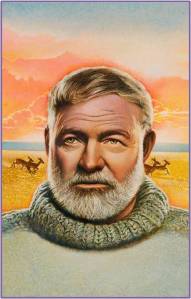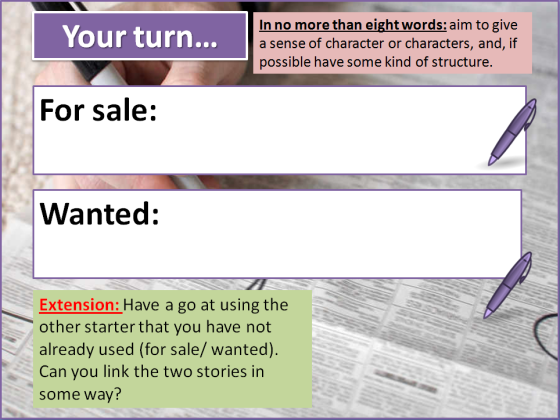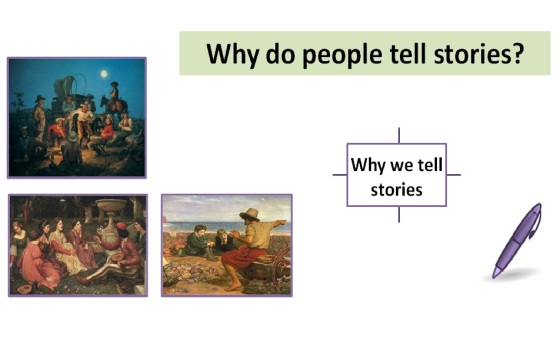Hey there! Are you ready to continue with the short story? This time, we will be looking at Edgar Allan Poe and his famous short story, ‘The Tell-Tale Heart’.
Edgar Allan Poe (1809 –1849) was an American author, poet, editor, and literary critic, best known for his tales of mystery and horror. Poe was one of the earliest American writers of the short story. He was the first well-known American writer to try to earn a living through writing alone, resulting in a financially difficult life and career.
“The Tell-Tale Heart” is a short story by Edgar Allan Poe, first published in 1843. It is a gothic tale and one of his most famous short stories.
The gothic genre
Gothic genre often presents the theme of madness within the stories, especially that of usually stable and rational male characters. Threats to body, mind and soul are recurrent, with extremes of optimism and pessimism during times of crisis. The male protagonists frequently demonstrate signs of hysteria and madness.
Now, visit the following link in order to listen to Poe’s story, ‘The Tell-Tale Heart’.
https://archive.org/details/TheTell-taleHeart

As you listen to the short story, keep an eye out for the following:
– Narrative perspective.
– The importance of the setting.
– The ambiguity of the ending.
– The atmosphere created.
With this task ends this post! As always, we hope this has been useful! Let us know how you get on, and don’t forget to follow in order to be notified when the next post is published!
The Kip Leicester East team!



















